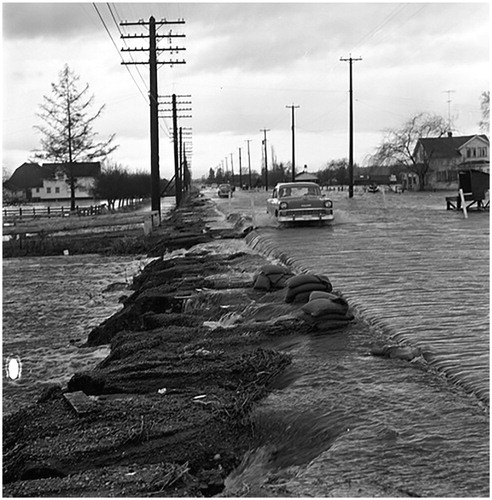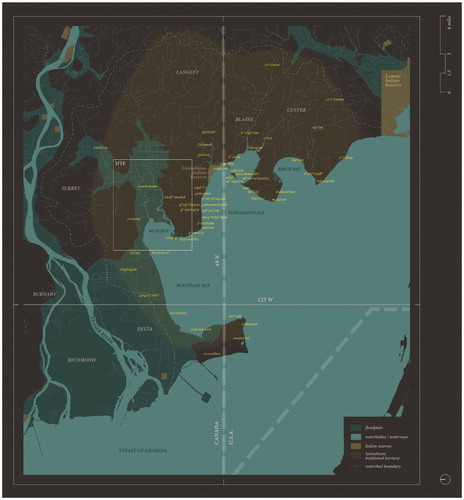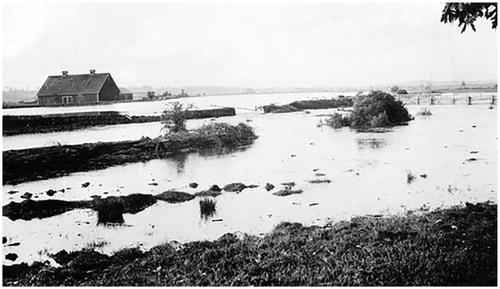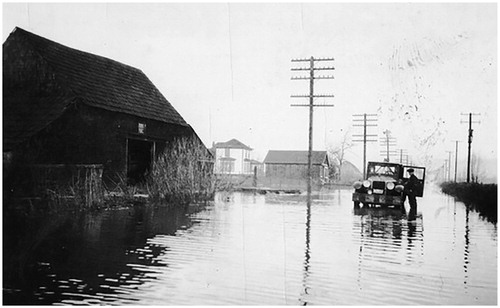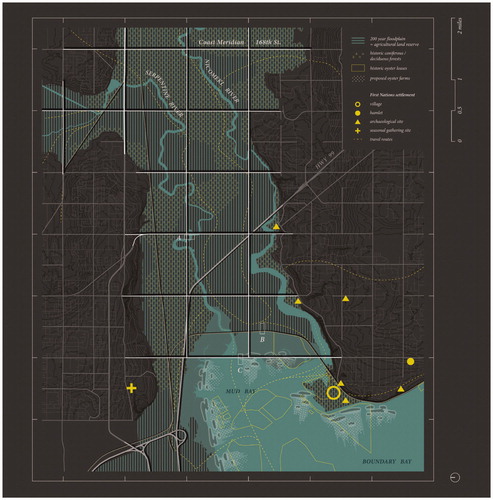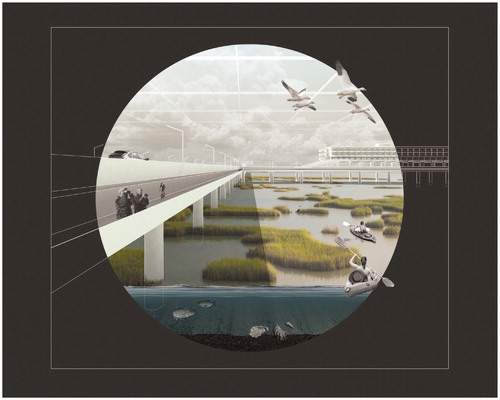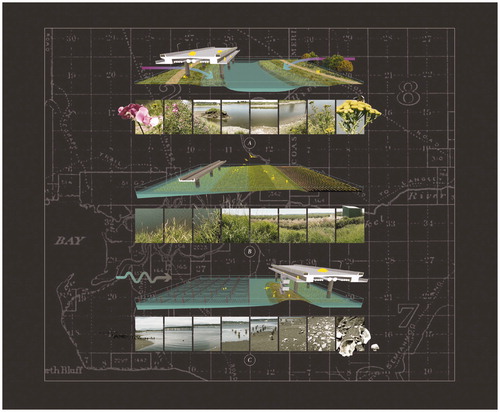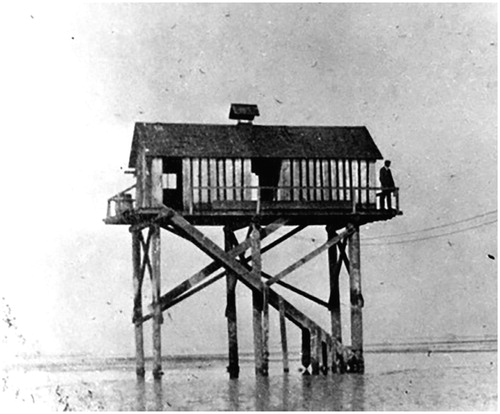Figures & data
Figure 1. Remnants of piles and scatterings of shells from the historic oyster farm along the coast, with the railway line cutting across the horizon. (Photograph by author.)
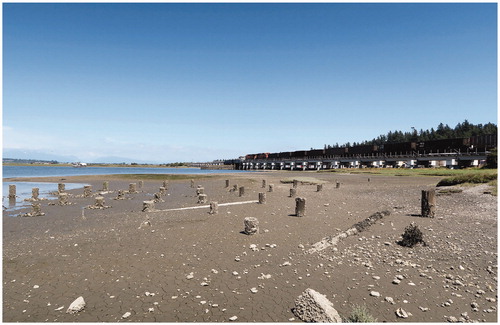
Figure 2. Coast Salish peoples gather in protest of the land reserve reductions on Queen Victoria’s birthday in 1864. (Charles Gentile Early British Columbia Photos, Uno Langmann Family Collection of British Columbia Photographs.)
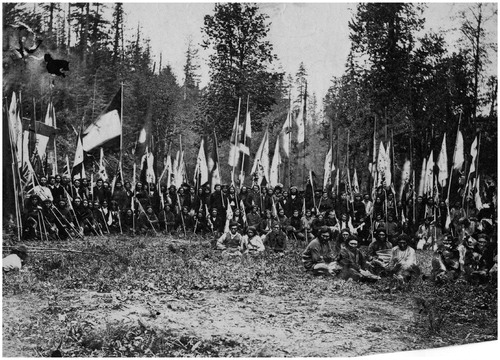
Figure 3. Map of New Westminster District, B.C., 1876. (Map by the British Columbia Government Department of Land and Works, City of Vancouver Archives, AM1594-: Map 2.)
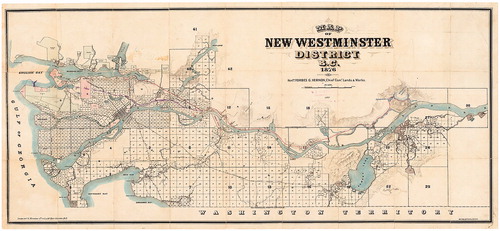
Figure 7. Flood resulting from dike breach at Serpentine River, 14 February 1952. (Surrey Archives SM.224B.)

Figure 8. Flood along Pacific Highway near 40th Avenue, 25 January 1968. (Surrey Archives SA1992.036.11409.)
